Remodeling your bathroom can be an exciting yet daunting task for DIYers. Whether you’re looking to update a small powder room or completely overhaul your master bath, careful planning is needed. This guide will walk you through 11 important considerations to make to ensure your bathroom renovation is a success.
Remodeling Considerations
From maximizing space to choosing the right fixtures, we’ll cover everything you need to know before you start your project below:
1. Plan Enough Space for a Half Bath
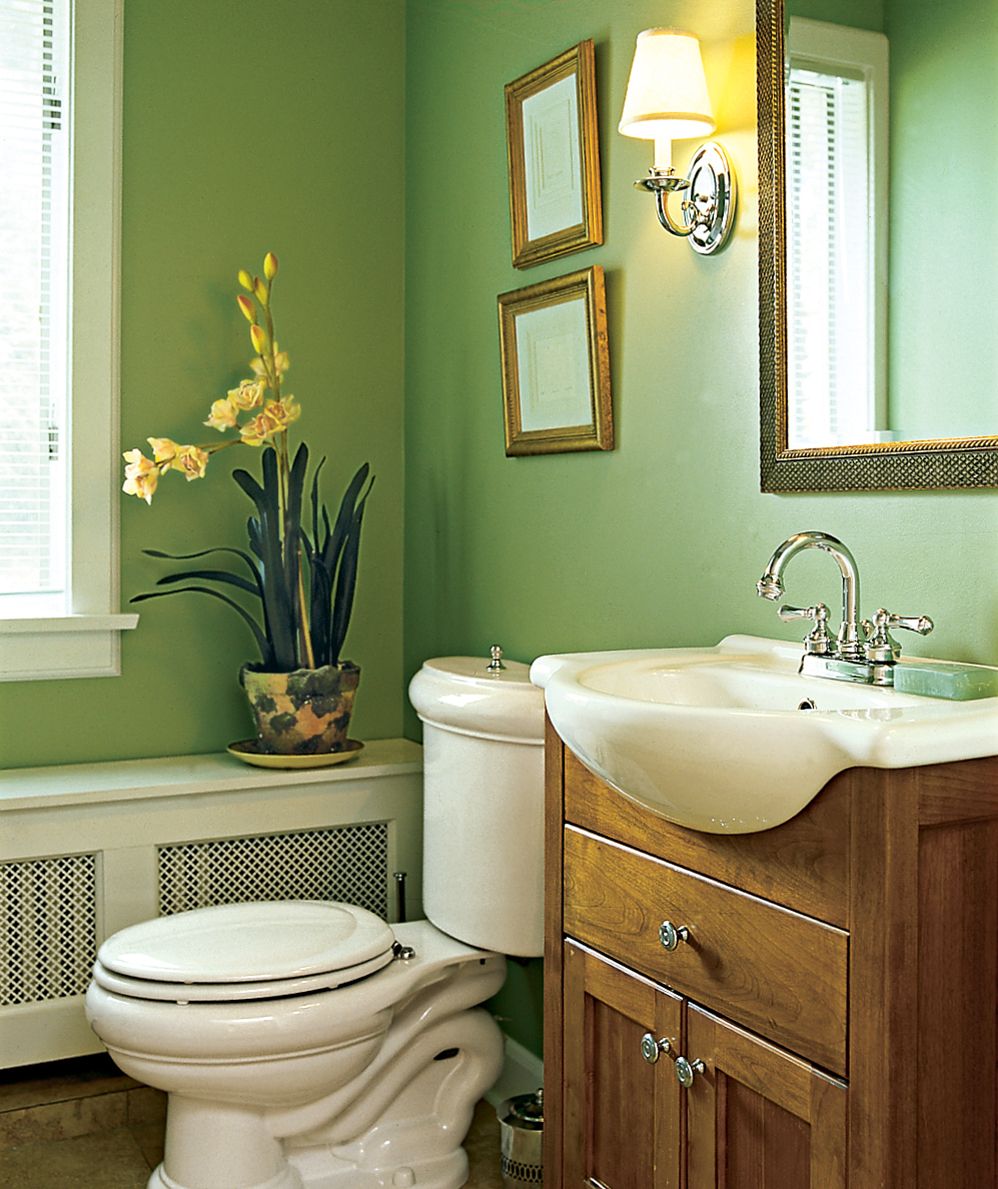
When planning a half bath, size matters. While building codes may allow for an 11-square-foot space, you can aim for an area that’s 3–4 feet wide and 6–8 feet long. This size provides ample room for a sink and toilet without feeling cramped. Check local codes for additional requirements. Additionally, consider the door swing and ensure there’s enough clearance for comfortable movement within the space.
2. Design for Accessibility
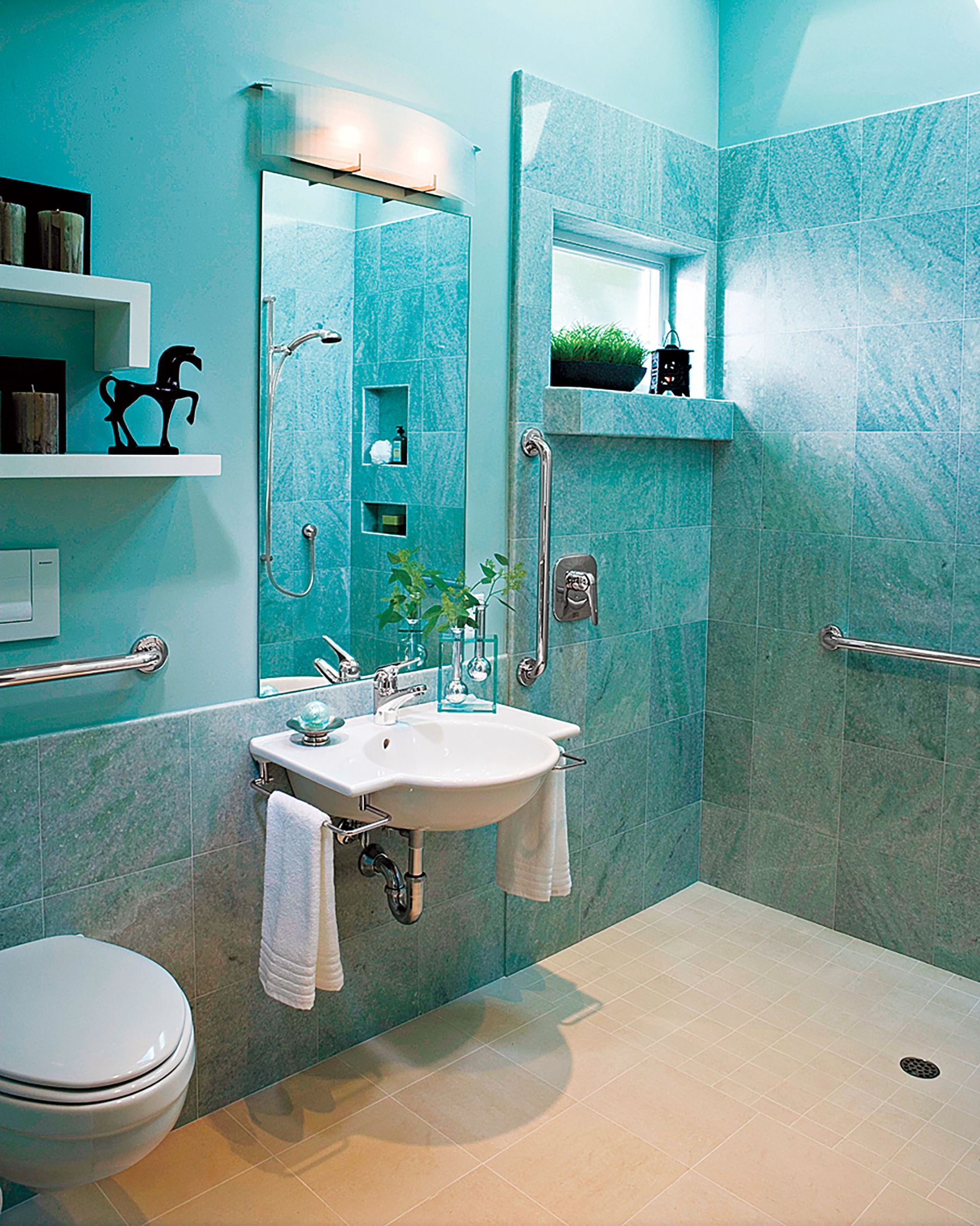
Creating an accessible bathroom benefits everyone, regardless of age or ability. Start by incorporating universal design elements that can be easily added at any time, such as handheld showers and lever faucets. For more permanent features, plan early. Install grab bars securely to blocking between wall studs, positioning them 33 to 36 inches off the floor. Consider a barrier-free shower, wider doorways, and lower sink heights to accommodate wheelchairs or walkers. These thoughtful additions not only increase safety but also enhance the overall usability of your bathroom.
3. Make Niches for Toiletries

Built-in storage is a game-changer for bathroom organization. Recessed cubbies in your shower or tub surround offer a sleek, space-saving solution for toiletries. When designing these niches, size them to minimize tile cuts for a cleaner look. Line the bottom with a piece of leftover stone or solid-surface countertop to avoid grout lines that can collect soap scum. If you have children, consider adding a lower cubby at knee height to encourage independence during bath time. These built-in storage solutions not only look great but also keep your shower area clutter-free. Additionally, niches can be customized with decorative accents, adding both function and style to your bathroom.
4. The Right Height for Accessories
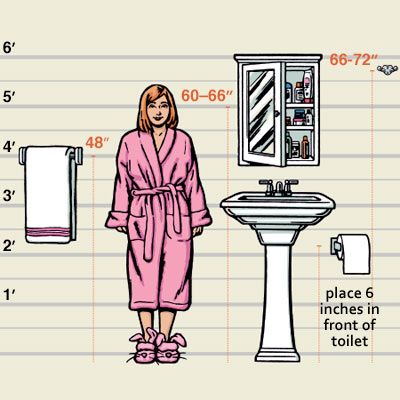
While there’s no one-size-fits-all approach for placement of bathroom accessories, designers often use the following guidelines as a starting point:
- Towel bars: 48 inches from the floor
- Toilet paper holder: 26 inches from the floor
- Robe hooks: 70 inches from the floor
Plan these locations early in your remodel to ensure proper blocking is installed behind the walls. To fine-tune the placement, use painter’s tape to mark potential spots and adjust for comfort before final installation. Remember that these heights can be customized to suit your family’s specific needs and preferences.
5. Amp Up the Wiring
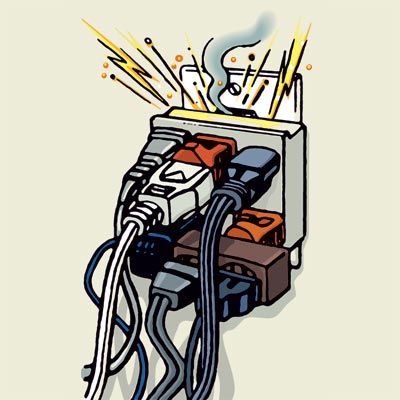
Outdated electrical systems can be a major safety hazard in bathrooms. If you’re living in an older home, it’s likely that your bathroom’s 15-amp wiring has been strained by years of high-power hair dryers and other modern appliances. During your remodel, take the opportunity to upgrade to a dedicated 20-amp circuit. This increased capacity will better handle the demands of today’s bathroom gadgets.
Install plenty of GFCI (Ground Fault Circuit Interrupter) outlets to accommodate electric razors, toothbrushes, hair styling tools, and other devices safely. Proper electrical upgrades not only improve functionality but also enhance safety in your wet environment.
6. Wake Up to a Warm Floor
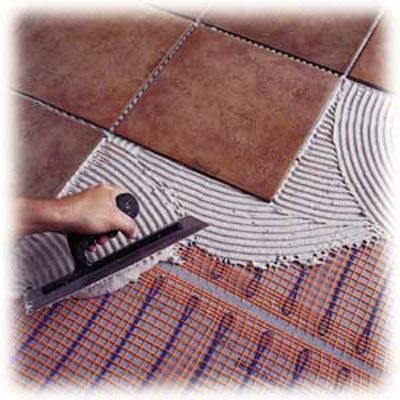
Radiant floor heating can transform your bathroom experience. While it may seem like a significant investment, you don’t need to heat your entire home to install a warm floor. Electric heating mats can be installed beneath your bathroom tiles to provide localized warmth. These systems typically take about 45 minutes to fully heat up, so consider pairing them with a programmable thermostat.
Set it to warm the floor before your usual wake-up time, and you’ll never have to step onto a cold tile floor again. This energy-efficient solution adds a touch of spa-like indulgence to your daily routine.
7. Properly Light Your Vanity
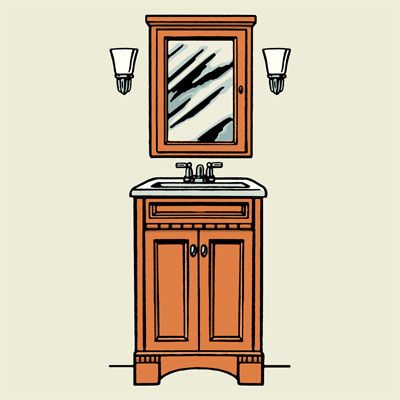
Proper lighting is important for tasks like applying makeup or shaving. To achieve the best illumination, follow these guidelines:
- Place fixtures at eye level, approximately 66 inches from the floor
- Space sconces 36 to 40 inches apart on either side of the mirror
- If side sconces aren’t possible, install a long fixture above the mirror
- Avoid relying solely on overhead lighting, which can cast unflattering shadows
Before making your final selection, try to see the fixtures in action first to ensure they provide sufficient light. Today, you can easily find LED light fixtures in just about any style that are energy-efficient and last for many years.
8. Skip the Wallpaper
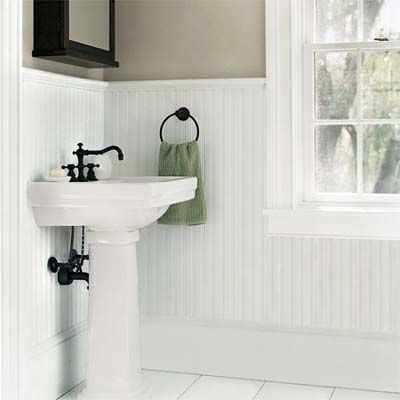
While wallpaper can be tempting for its decorative potential, it’s generally not the best choice for bathrooms due to high humidity levels. Instead, consider alternatives that can withstand moisture while still adding visual interest, such as:
- Wainscoting or beadboard for a classic look
- Tile wainscoting for added water resistance
- Moisture-resistant paint with a semi-gloss or gloss finish
- Vinyl wall coverings designed for bathroom use
These options not only stand up better to bathroom conditions but also offer easier maintenance and cleaning. If you’re set on a patterned look, consider stenciling or using waterproof decals as a more practical alternative to traditional wallpaper.
9. Pick the Proper Vent
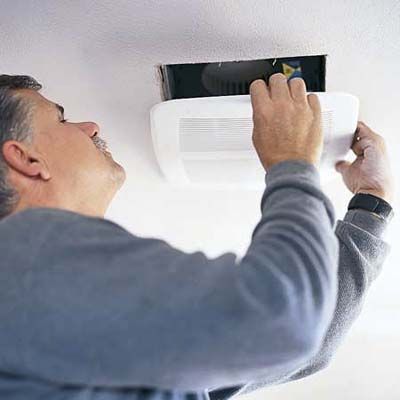
A properly sized and installed ventilation fan is needed to maintain air quality and prevent moisture damage in your bathroom. Choose the right fan based on your bathroom’s specific needs:
For a master bath:
- Invest in an ultra-quiet unit to avoid disturbing sleep
- Ensure sufficient power for back-to-back showers
- Install a timer for extended run time after use
For a family or guest bath:
- A mid-range noise level and power can be sufficient
- Consider a humidity-sensing model for automatic operation
For a powder room:
- Opt for a more powerful fan for sound privacy
- Choose a model with a built-in light or wire it to the light switch
10. Installing the Pipes

Proper pipe insulation is crucial for preventing frozen pipes and improving energy efficiency. Follow these tips to protect your bathroom plumbing:
- Insulate all hot and cold water pipes to prevent heat loss and condensation
- Avoid placing fixtures and plumbing on exterior walls whenever possible
- For first-floor bathrooms, consider running pipes up through the floor instead of the wall
- When pipes must be in exterior walls, position them on the interior side of the insulation
- Use flexible PEX tubing if allowed by local codes, as it’s less prone to cracking in cold temperatures.
11. Get Replacement Parts for Free
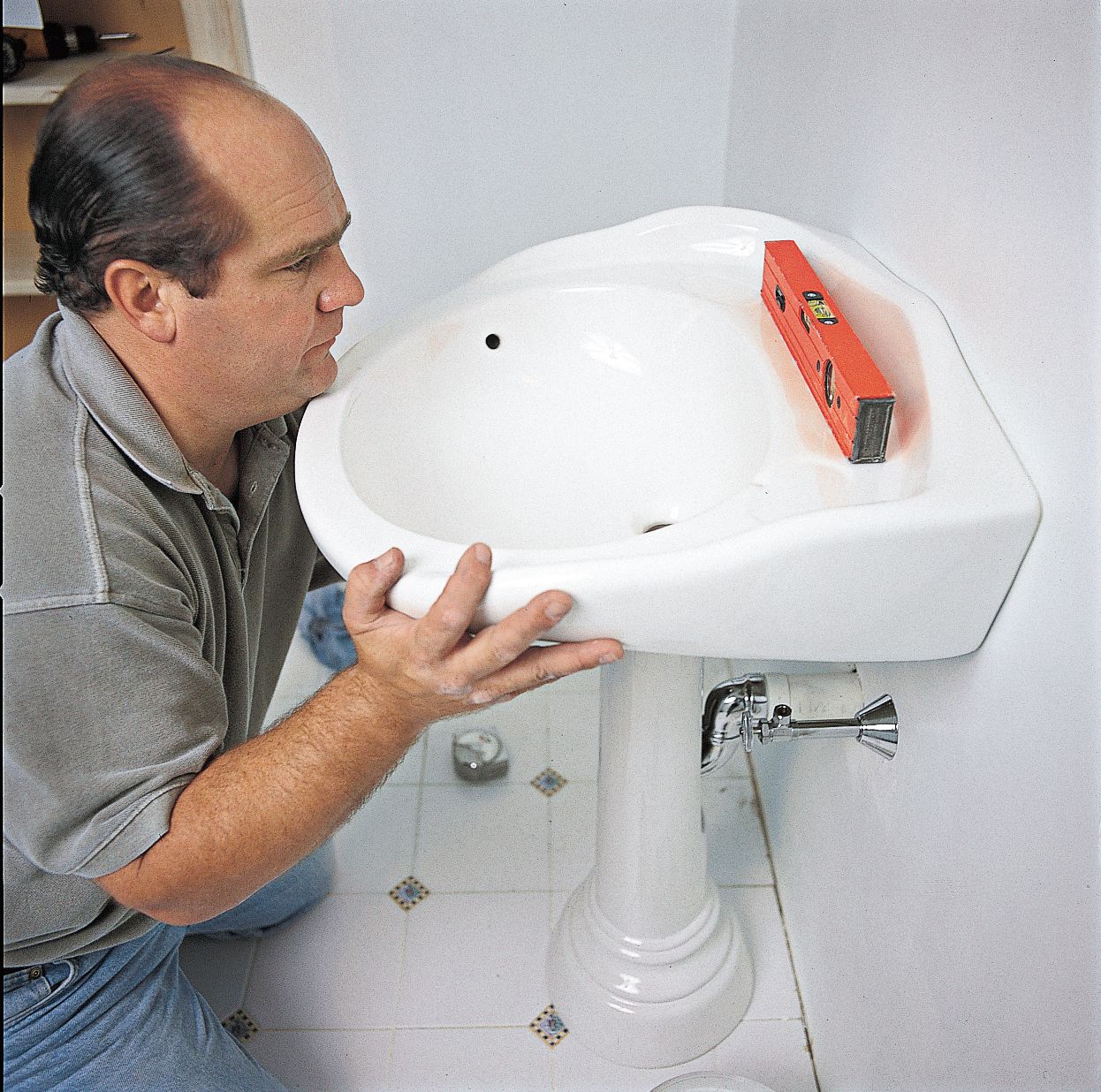
Many homeowners are unaware that major plumbing fixture manufacturers often offer free replacement parts. If you encounter issues with a brand-name fixture, regardless of the cause, try these steps to obtain a free replacement part:
- Locate the manufacturer’s toll-free customer service number
- Call and explain the problem in detail
- Provide any necessary information about the product, such as model number or purchase date
- Request replacement parts
Most reputable companies will send replacement parts at no charge, often with expedited shipping. This service can save you time and money on minor repairs, extending the life of your fixtures without the need for professional intervention.
This originally appeared in Read This Before You Redo Your Bath, a comprehensive remodel gu
